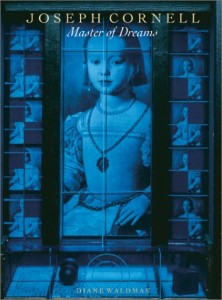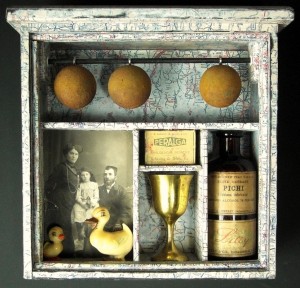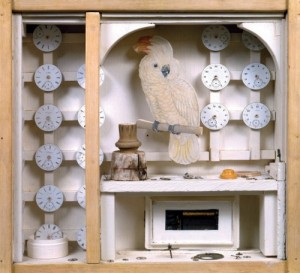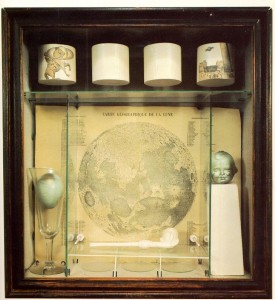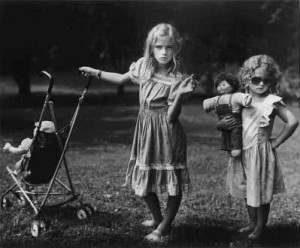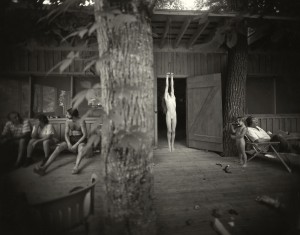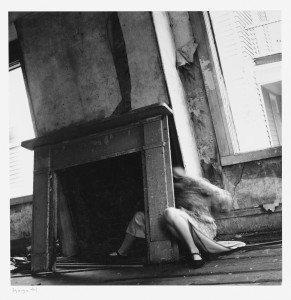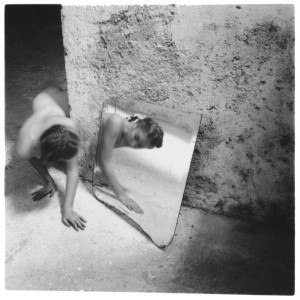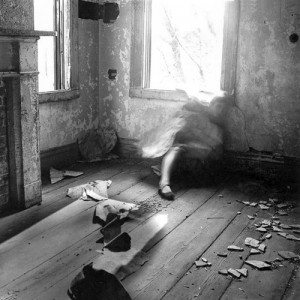So…my first attempt to make a Cornell-esque assemblage is finished. It took many days and a lot of steps to complete, but it’s done and I’m excited to hear what the class thinks of it at tomorrow’s critique. The process involved:
1. Many hours of conceptualizing, trying to figure out how to visually represent my feelings of kitchen and how to give off a sense of nostalgia and a specific aesthetic quality that I was trying to achieve.
2. Looking through old family negatives, deciding which ones to print and spending time in the darkroom getting the photos just right for my vision of box #1.
3. Searching at thrift/antique stores for anything that I might want to use.
4. Days and days of arranging and rearranging the objects and photos until I had them situated the way I wanted, making baskets, hollowing eggs, painting things, cutting paper, and then attaching everything to be sturdy.
Throughout this process I’ve also been working on reading Diane Waldman’s Joseph Cornell: Master of Dreams, which gives an in depth look at the life and work of Joseph Cornell, written by someone who knew him personally. Here are some tidbits I’ve picked up so far:
*Cornell preferred the english pronunciation of assemblage versus the more “artsy” sounding French pronunciation.
*He was highly influenced by the Surrealist movement
*He was obsessed with the performing arts including the opera and dance, specifically ballet
* His family has always been central to his life and definitely a major theme in his artwork
That’s all for now!

